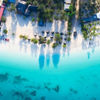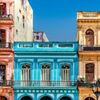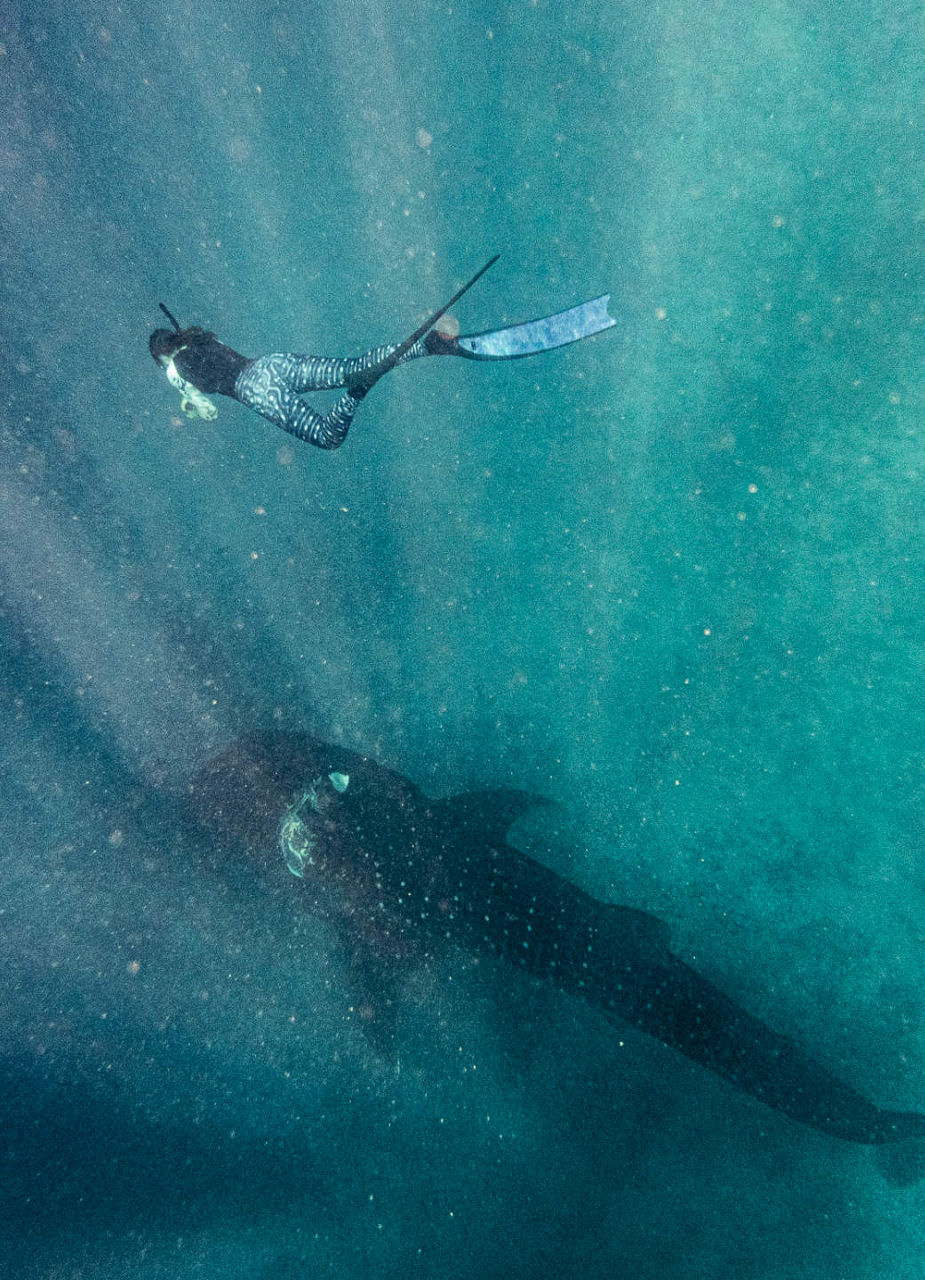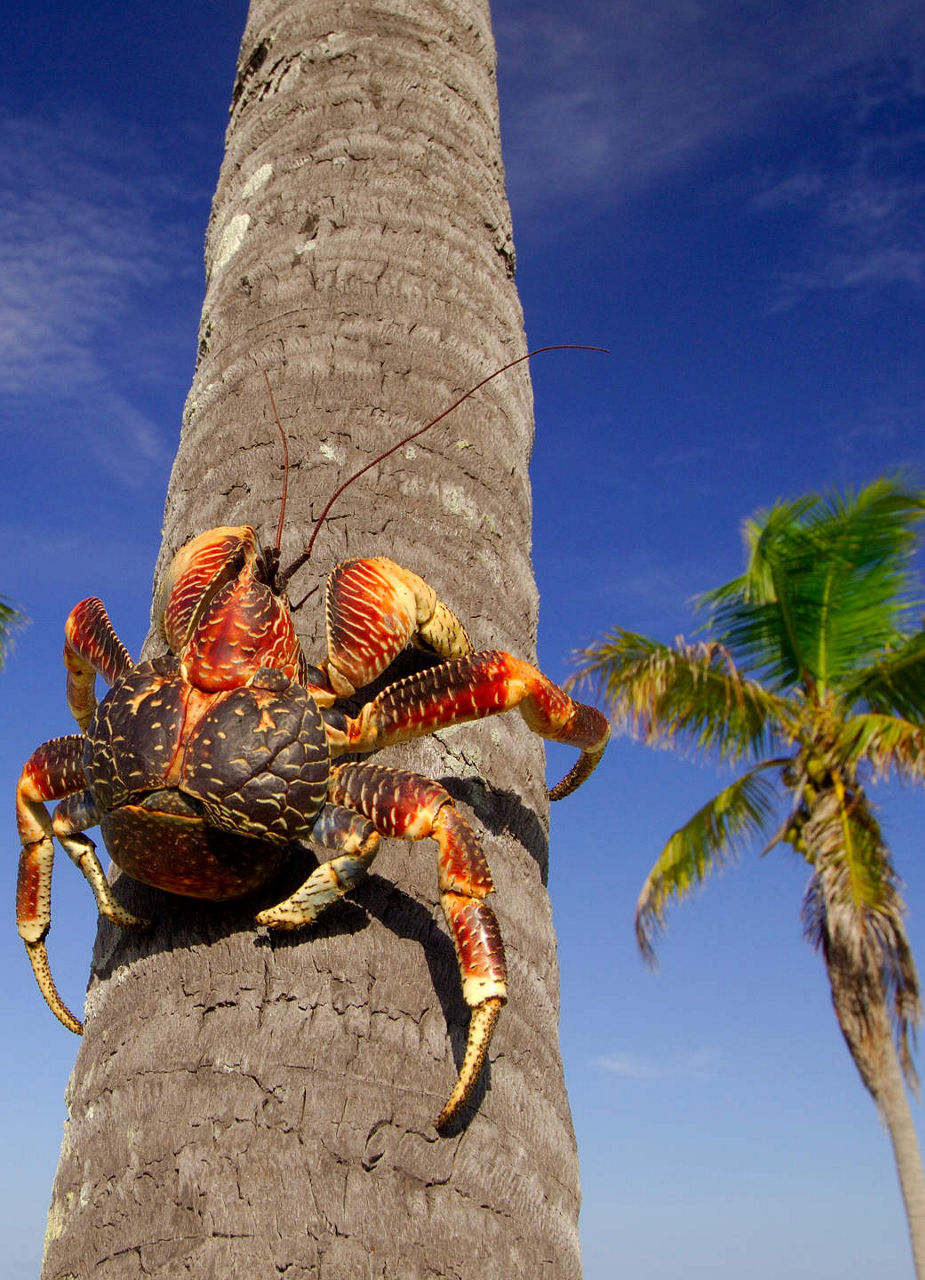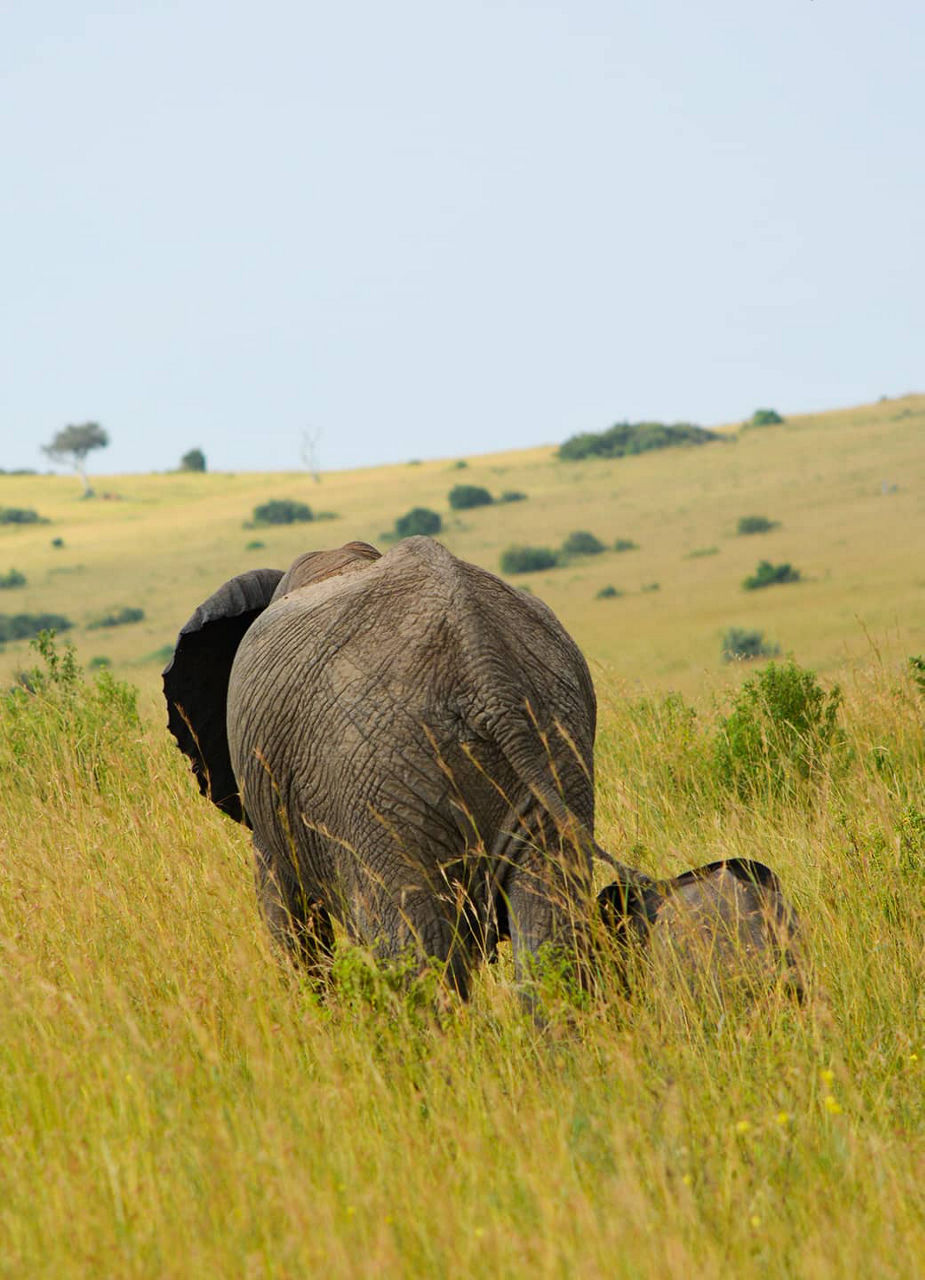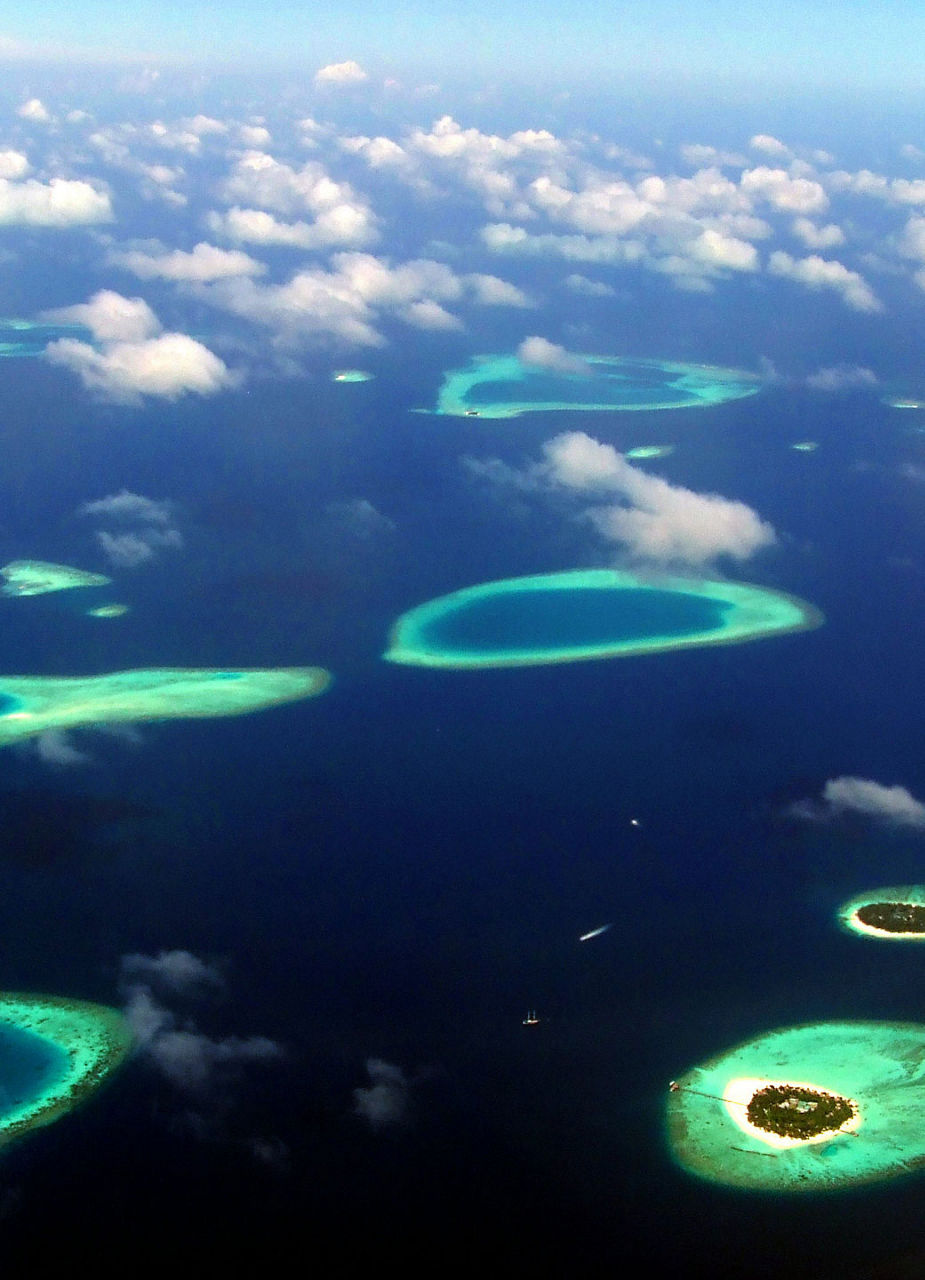
Creating a reef
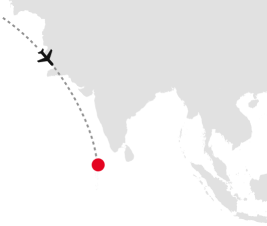
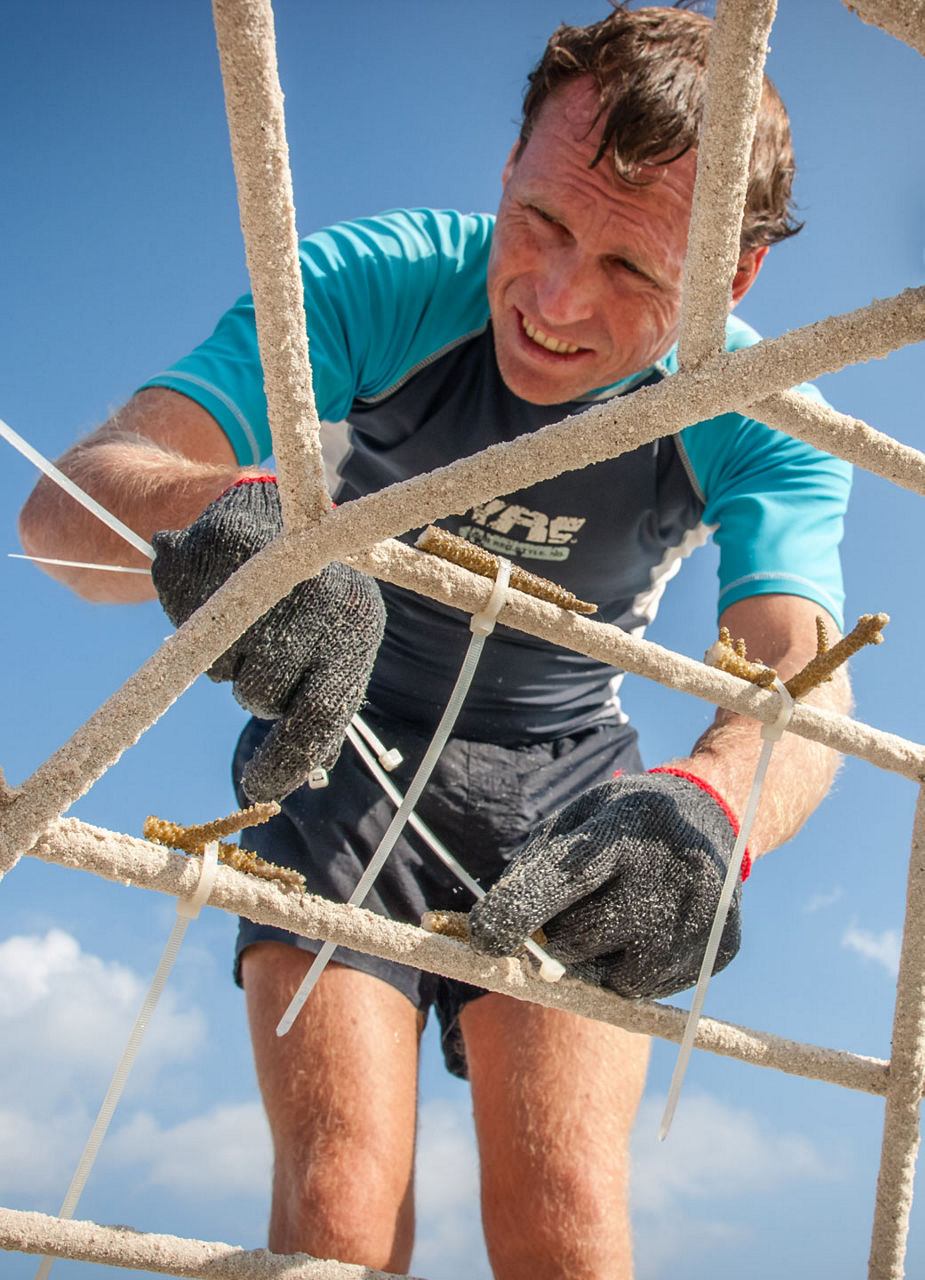
Freshly planted corals
One more quick shake and the frame with the stony coral branch sits firmly on the white sand, five metres below the water’s surface. In the lagoon off the Maldives island of Niyama in Dhaalu Atoll, it has found a home in the 29-degree ocean. Given good conditions, the sprout with sky blue tips will grow so big that a new mini-reef will form with other corals within a few years. An ‘Adopt a coral’ campaign has been created that allows holiday guests to adopt newly ‘planted’ coral fragments. They can either make a donation or take part live and in person in the Indian Ocean.
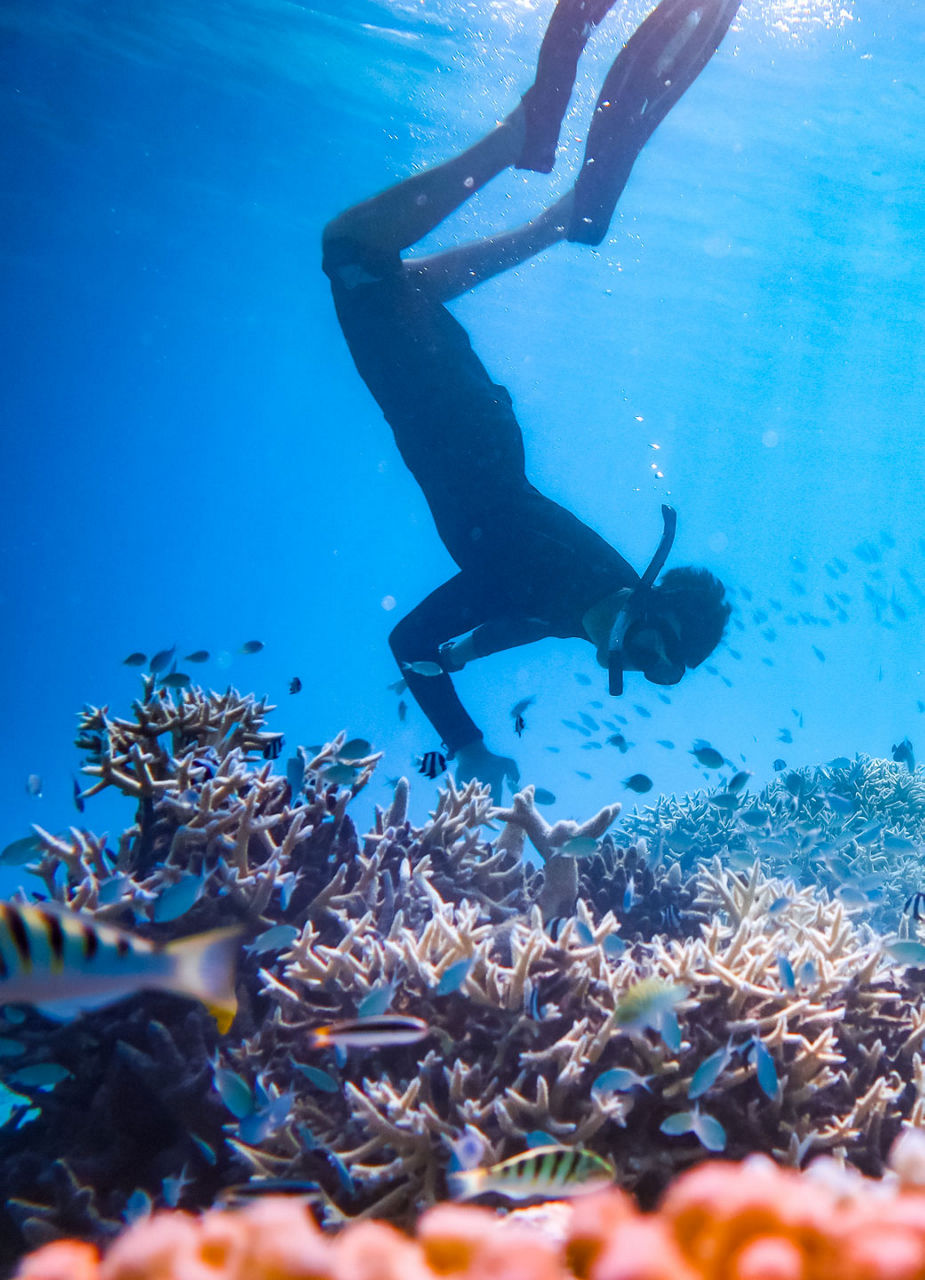
Visit the coral you sponsor
If you like, you can put on your snorkel, mask, and fins and be taken into the underwater world in the company of an experienced marine biologist. Patterned Picasso triggerfish, bright blue surgeonfish, and other sea creatures curiously watch the goings-on. Many of the visitors track the growth of the coral branches by checking the pictures posted online, even after they have returned home. Niyama marine biologist Oriana Migliaccio: “Our aim is to raise awareness of the coral reefs and to involve the guests in their restoration.”
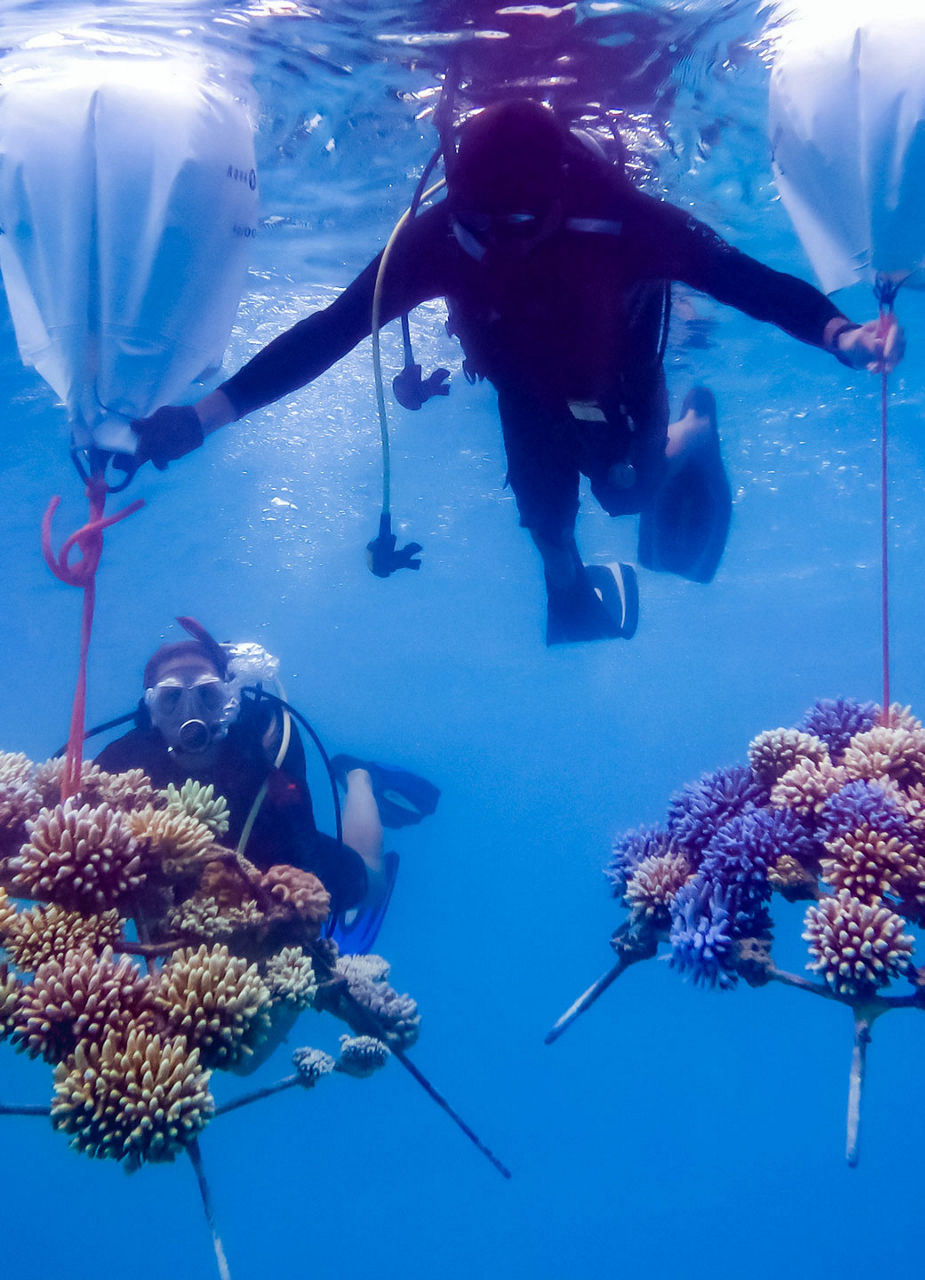
Underwater reforestation
The concept is becoming more and more popular in the Maldives, with many of the resorts working together with the independent organisation, ‘Reefscapers’ which has spent the last 15 years pioneering the growth of new corals. Its founders, Thomas Le Berre of France and his Maldivian wife Marie Saleem, have developed coral nurseries on metal racks with the support of Four Seasons Maldives. The project seeks to combat the effects of the climate phenomenon El Niño of 1998. At that time, up to 80 percent of the world’s shallow reefs died when ocean temperatures rose by 4 degrees.
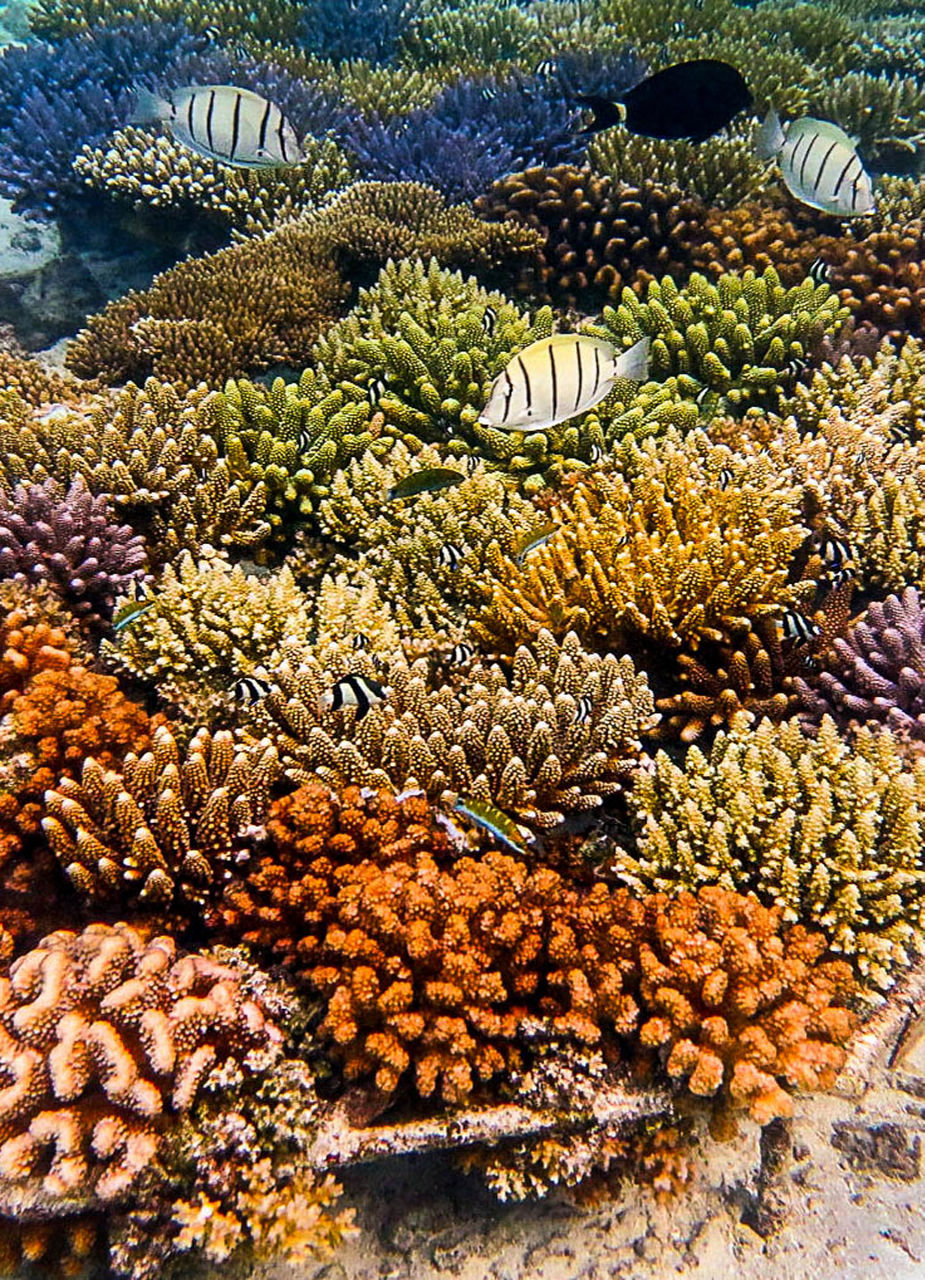
Reefs recover slowly
This is because the cnidarians — corals are not plants — live together in harmony with tiny algae. If these algae get too warm, they produce toxic substances and are rejected by the corals, leaving nothing but a bleached skeleton. In some places, the reefs are recovering from so-called coral bleaching, which also hit the Maldives in 2010 and 2016 — but this is unfortunately not the case for many places. Thomas and Marie cannot just stand by and do nothing: ‘Not doing anything simply isn’t an option.’ After all, the fragile, yet sharp-edged corals form irreplaceable bulwarks in the tropical waters.
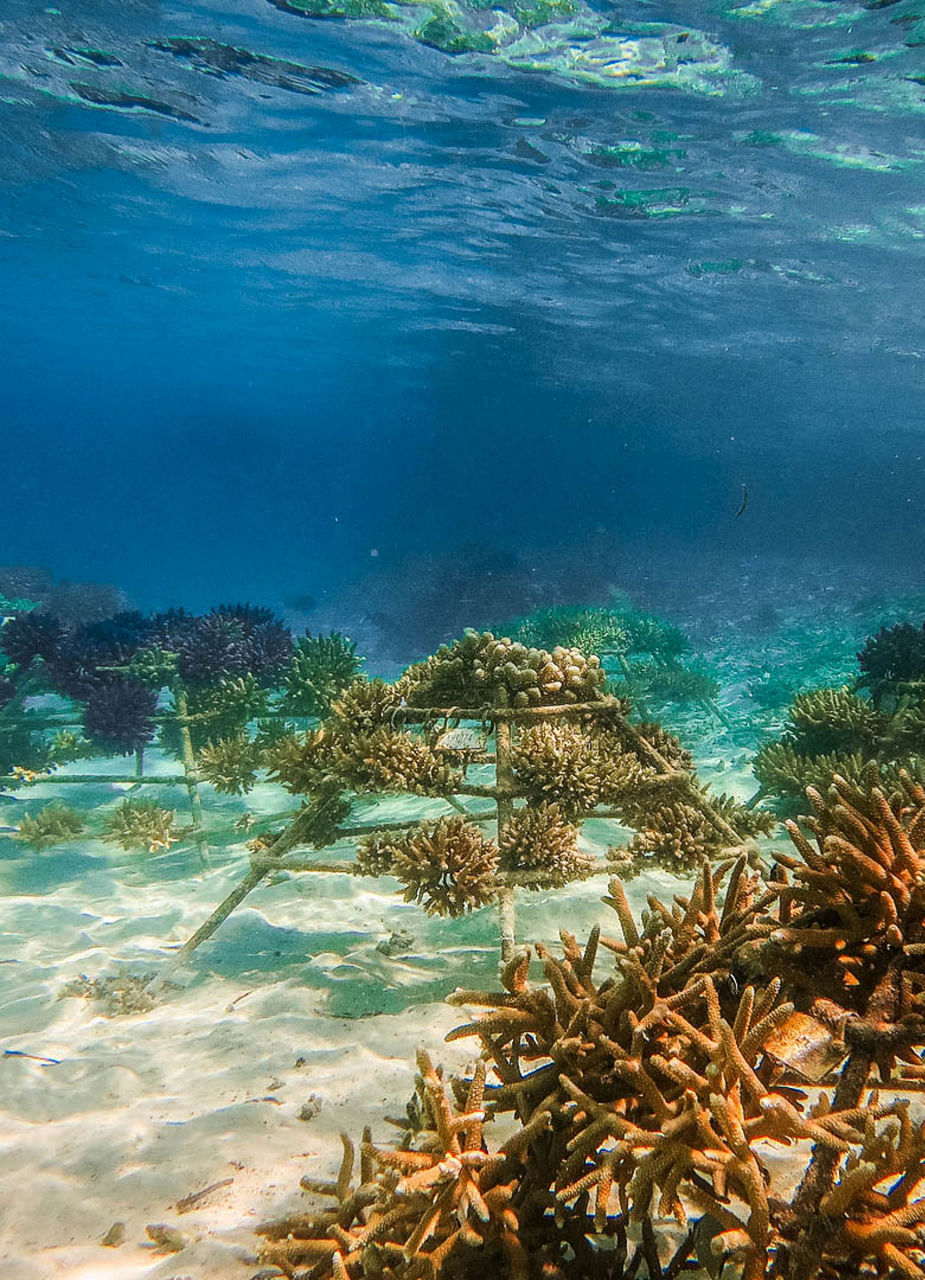
Growth with benefits
The reefs break waves off the islands and, with their caves and crevices, they provide homes for all kinds of creatures and colourful fish. ‘Reefscapers’ have now placed more than 8,500 frames with more than half a million corals in the ocean. Their growth is being closely documented. In addition, around 20 marine biologists are researching coral species that can withstand ocean warming. In building the metal frames, a team of six Maldivians on the island of Fulhadoo in Baa Atoll can also earn money, and support their livelihoods with the artificial reefs.

‘Heavy metal’ solution
The latest project: On behalf of the Maldivian government, corals from the Gulhi Falhu Lagoon, that would otherwise have been lost in the course of land reclamation, have been 'relocated' to the Sheraton Full Moon Resort. Even the sceptics among conservationists have now been convinced by the Maldivian ‘heavy metal’ solution. And Niyama’s baby coral? It is in a mini reef outside the windows of the underwater restaurant ‘Subsix’. Its ‘adoptive mum’ wants to visit it there again soon.
Header - Photo by Bettina Lichtenberg on Gettyimages
Paragraph 1 to 6 - Photos from Reefscapers.com


